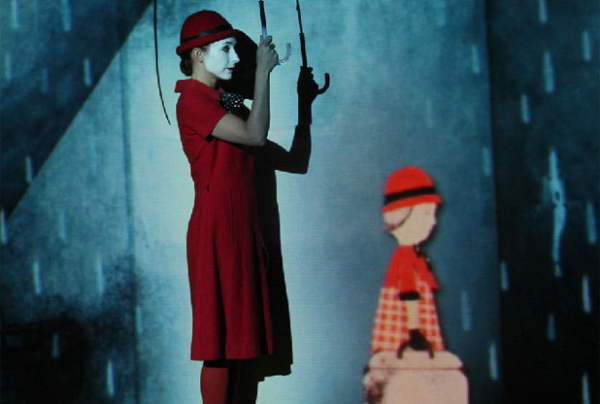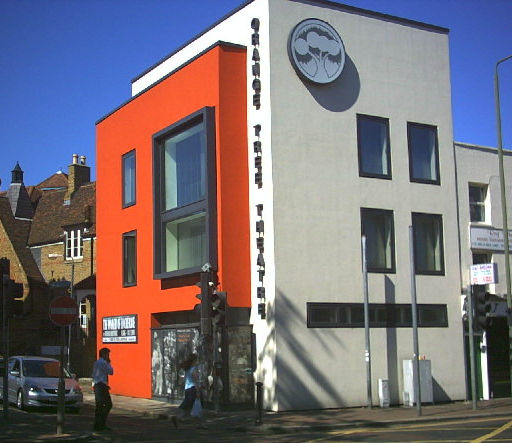Catherine Love: Transforming the funding landscape

While it could be argued that the Arts Council is doing its best in undoubtedly tough times, there are two pressing issues that this funding round has failed to address. The first is the geographical imbalance of support, with London continuing to benefit at the expense of everywhere else. As Lyn Gardner noted in her reaction to Tuesday’s announcement, there has been just a 2% geographical shift in funding, despite new research on the regional imbalance and increased pressure for the Arts Council to tackle this.
The second issue involves the artists actually making much of the work on our stages. Once again, the money and thus the power lies primarily in the hands of buildings. The logic is that this funding trickles down, being used by those building-based organisations to fund the theatre-makers they work with, but the I’ll Show You Mine movement has demonstrated that this is not necessarily the case. Following Bryony Kimmings‘ extraordinary honesty about her finances as an independent artist, many other theatre-makers have shared their difficulties in securing adequate fees from venues, suggesting that there is a much bigger problem that needs to be addressed.
"Of course buildings are important, but theatre is increasingly reaching audiences outside of these spaces"
The message from the Arts Council last week, however, implied that independent theatre-makers are not a priority. As reactions erupted across Twitter in the immediate wake of funding decisions, it was this that really rankled. Although there was some good news for artists and companies, such as the brilliant Third Angel being welcomed back into the portfolio, buildings once again dominated. And while we don’t know the full picture of organisations who applied for NPO status and were turned down, it came as a shock that a company like 1927 – which continues to make artistically ambitious work, tour nationally and internationally, and reach out to new audiences – was unsuccessful.
The Arts Council has an increasingly challenging and complex task in attempting to protect funding as best it can. But I can’t help wondering what the theatre ecology might look like if more emphasis was shifted away from buildings and towards the people living hand to mouth in order to actually make the work on – and beyond – those stages; the artists and companies creating all the audacious, innovative, daring work that feeds the art form from the grassroots up.
Of course buildings are important, but theatre is increasingly reaching audiences outside of these spaces, be it in parks, pubs or warehouses. How can that work be more effectively supported? I don’t know what the solution is, but it seems to me that funders need to start looking beyond bricks, mortar and tradition and focus more of their attention and support on theatre-makers – and by extension on the audiences whose passion is ultimately what will keep theatre alive, wherever it happens.











